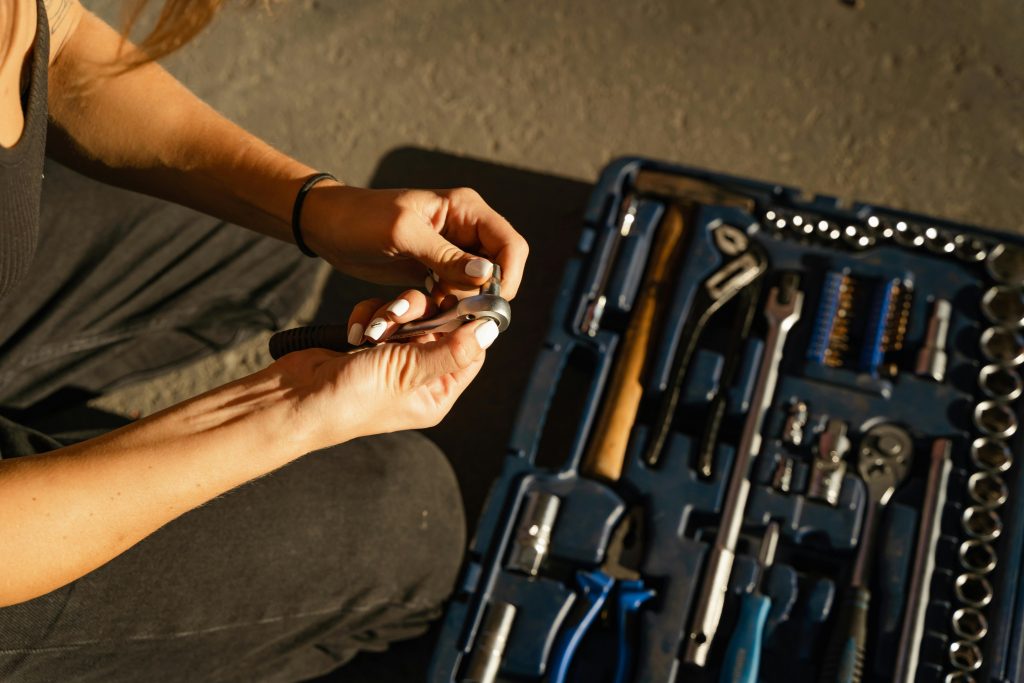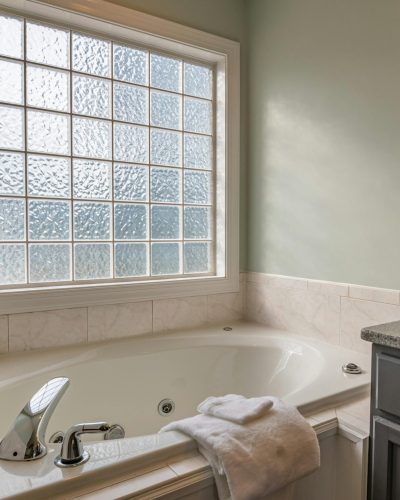
Vent Pipes
Venting is a critical piece of the waste framework, frequently disregarded by those new to plumbing. Vent pipes permit air into the pipes framework, which is essential for water to flawlessly stream.
Drainage plumbing plays an essential role in modern life, ensuring that wastewater is efficiently removed from homes, buildings, and industrial sites.
Seepage plumbing alludes to the arrangement of lines, traps, and vents intended to eliminate wastewater and sewage from a structure and securely direct it into a civil sewer framework or septic tank. Basically, it’s the partner to the water supply framework, which conveys clean water into the structure.
The framework is basically made out of channels that eliminate water from sinks, latrines, showers, and different machines, joined with venting frameworks that permit air to enter the lines, guaranteeing that water can stream openly.
At its center, waste pipes works on the standard of gravity. Wastewater streams easy from now on installation (like a sink or latrine) to the sewer or septic tank, driven by the normal draw of gravity. This straightforward idea is upheld by a more perplexing arrangement of lines and vents that assist with guaranteeing the smooth and safe expulsion of waste.
These are the essential channels for waste and water, diverting it from sinks, latrines, showers, and different apparatuses. Drainpipes are normally slanted descending to take into consideration the regular progression of gravity.
Traps are u-formed pipes introduced beneath sinks and different installations. Their motivation is to make a mark of water that forestalls sewer gases from entering the home. The most well-known type is the P-trap, which can undoubtedly be cleaned or taken out assuming blockages happen.

Venting is a critical piece of the waste framework, frequently disregarded by those new to plumbing. Vent pipes permit air into the pipes framework, which is essential for water to flawlessly stream.
All the wastewater from a structure at last joins into the fundamental sewer line, which interfaces with either a metropolitan sewer framework or a septic tank. This line is bigger than individual drainpipes and is answerable for diverting the structure’s all’s waste.

Throughout the long term, the materials utilized for waste lines have developed as innovation has progressed. Today, various materials are accessible, each with its own benefits and detriments, contingent upon the particular necessities of the framework.
This is by a wide margin the most well-known material utilized in present day seepage plumbing. PVC is lightweight, reasonable, and impervious to erosion, pursuing it an optimal decision for most private and business applications.
While more uncommon in new establishments, cast iron is as yet utilized in specific applications, especially in huge structures or where sound protection is significant (PVC lines can be uproarious when water courses through them). Project iron is very tough and has brilliant life span, however it is a lot heavier and more costly than PVC.
Introducing seepage plumbing accurately is fundamental for the drawn out capability of any structure’s wastewater framework. Unfortunate establishment can prompt blockages, spills, and different issues that can bring about exorbitant fixes. Here are a few vital contemplations during the establishment interaction:
Regardless of cautious preparation and establishment, waste pipes frameworks can foster issues over the long haul because of mileage, abuse, or unanticipated occasions like tree root interruption.
Normal investigations and support, alongside appropriate establishment, can guarantee that your seepage plumbing turns out productively for a long time to come.
